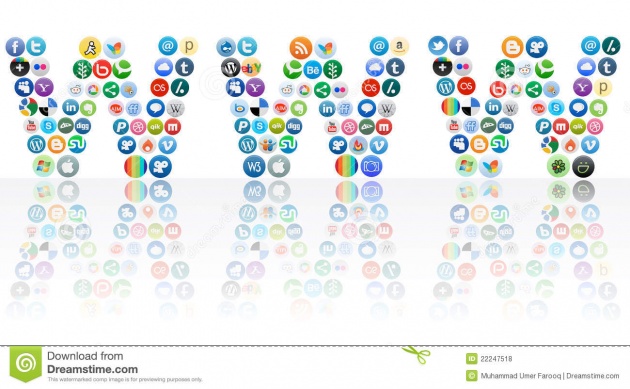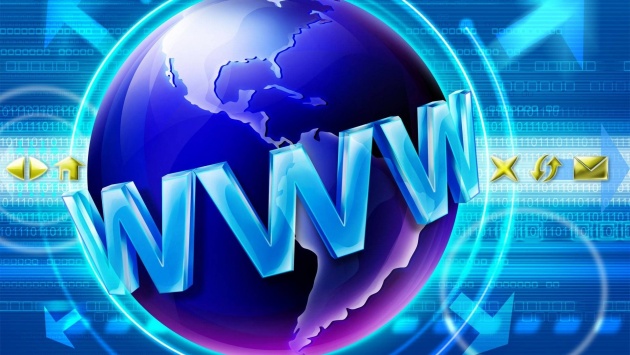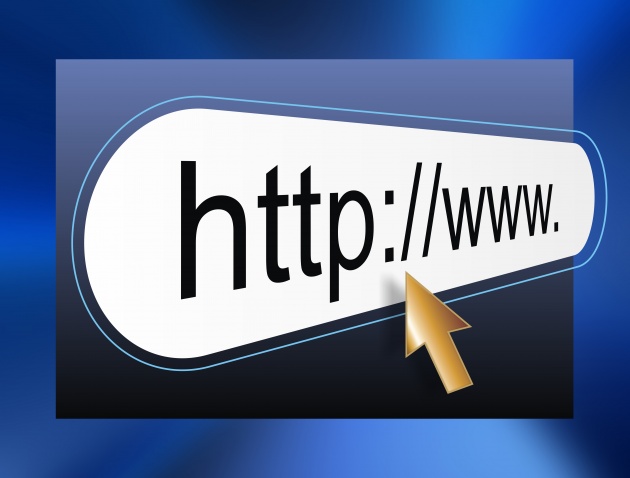The World Wide Web (or www) is not the same as the internet and is not strictly to do with letter writing, but it can be closely related to both of these functions so it is worth understanding. It is only one software system running on the internet but one that has become almost ubiquitous.

Its direct implications for letter writing are that you can now, almost invariably, enter someone’s web page and then send and receive email from within that page. In other words, you can click on an address on the web page and write to that person without exiting you current screen, which, when you are looking at technical details and information, can be a very useful function.

The web itself is a system without boundaries. You can click on a link and you might be shown a document about an English railway line. Within this document, there might be a reference to Hurry’s Yorkshire steam line. If you then click on hurry’s line, you may enter his site without ever having requested his permission. Harry himself may have received a message from a rail enthusiast in India and this in Indian address will then appear on your screen. Click on this and you might now be show the railway timetable for a train from New Delhi to Bombay. And so on.
The possibilities are endless. You will not necessarily want to know the times of the domestic Indian trains, but you never know. Or your friend might want to know. And you could then send this web page name on to her and her email address is now directly linked to the original English railway line site. It’s a mind boggling business. Whatever service provider you run, they will start by showing their introductory screen. This is called the home page.
_fa_rszd.jpg)
This will, almost certainly, have hundreds of links of its own, including several adverts. Always try to be aware of what is information on your home page and magazine with some news and features supplied by the publisher and some adverts paid for by other firms.

By: WomensAnnex Kabul



